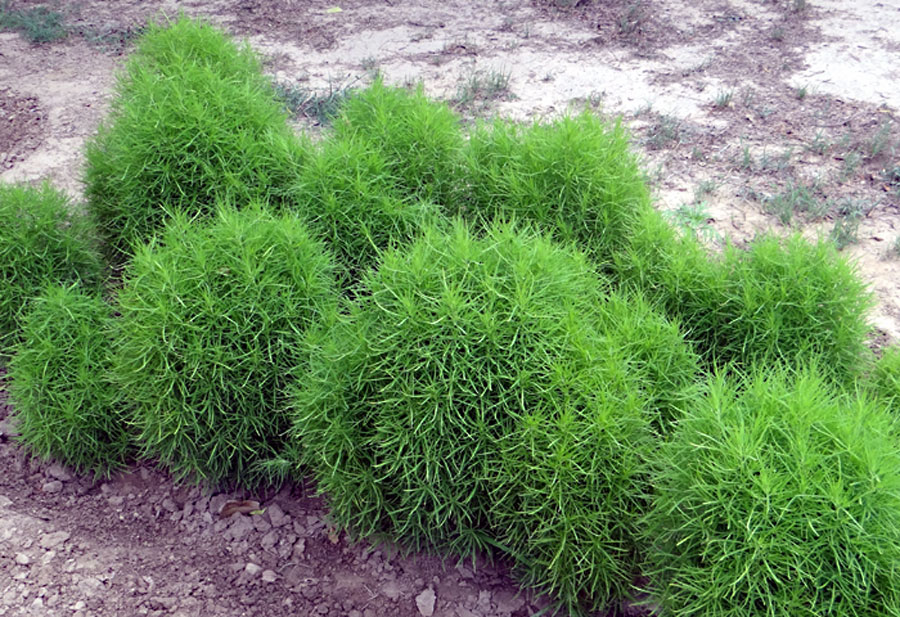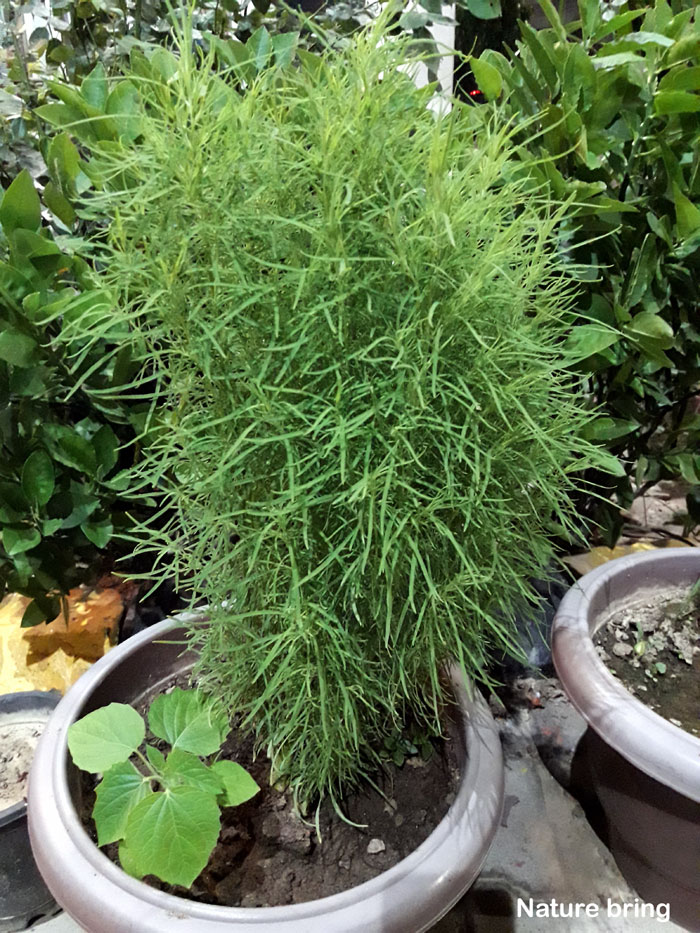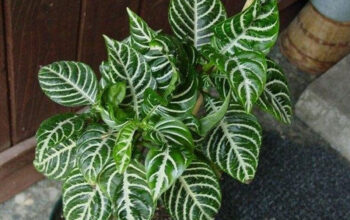Kochia plant (burning bush)
There are a couple of reasons why Kochia scoparia grass is known as fireweed, fireball, Summer Cypress & Mexican Fireweed, or as Kochia burning bush. Its most obvious feature in autumn is the brilliant red color it takes on. In addition to its potentially quite benign reputation, Kochia grass, when dried and turned into tumbleweed, is extremely flammable. Burning bushes like Kochia Trichophylla Burning bushes have an oval and symmetrical shape and make outstanding foliage plants.
Kochia bushes are truly one-of-a-kind and are an incredible addition to any flower garden. It is available in three-foot clusters to create focal points and is 28 inches tall when grown in a hedge along a border. Summer Cypress is common for larger plants to have frequent branching at their base. It can absorb moisture by extending its roots to a radius equal to its taproot length and has a taproot that extends up to 8′ in depth. As the bush begins to turn into tumbleweed in late autumn or early winter, the central stem separates from the taproot.
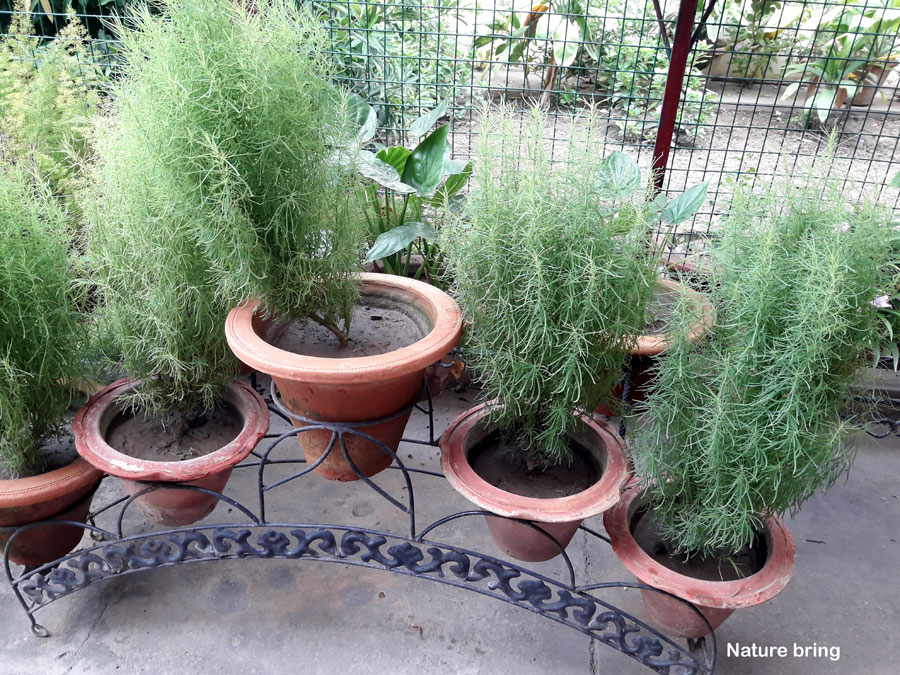
Overview Kochia (fireweed)
Scientific Name Kochia scoparia
Common Name Fireball, Burning Bush, Summer Cypress & Mexican Fireweed
Plant Type annual plant
Sun Requirements Full sun to partial sun
Soil sandy, alkaline soil
Soil pH 6.5 – 8.0
Plant Season Summer
Zone 2-10
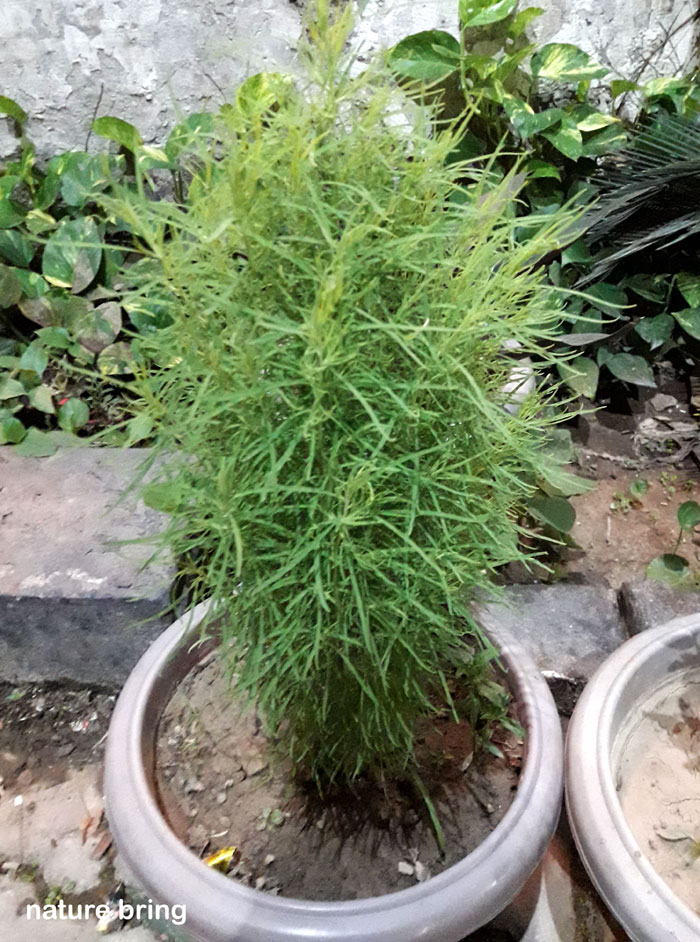
How to grow and care Kochia plant
The seeds of Kochia plants like Belvedere should be sown on the surface a couple of weeks before the last spring frost is predicted. It is possible to start with Kochia Burning Bush seeds outdoors directly in a prepared seedbed for areas with a long growing season. To ensure vigorous plant growth, it is advisable to thin seedlings as soon as they emerge from the soil. In ideal circumstances, two to ten seedlings for every square foot of ground should be thinned.
If you want to start planting Kochia plants earlier, start with the Burning Bush seeds indoors. The plants can be transplanted outside when the frost danger has passed. The first step in controlling Kochia is to prevent the development of seedheads. Occasionally, mow the plant so that it does not grow bigger than 18 to 26 inches (46 to 66 cm). Hay should be harvested from Kochia plants while they are still green and young, this reduces the hay’s toxicity and ensures that multiple crops are harvested each year. Furthermore, it allows the plant to avoid reaching its tumbleweed stage, thereby preventing further invasive spread.
Sunlight
Kochia plant enjoys full to partial sun. You can plant it in a location where it receives the necessary sunlight of at least 4-6 hours of natural direct sunlight per day.
Watering
Despite the fact that there are no special requirements, Kochias are relatively simple to grow. Kochia grows directly from seeds, It grows best in direct sunlight with moderate watering. For forage or ornamental use, Kochia scoparia is a hardy and drought-tolerant plant with beautiful foliage. There are no wagering requirements for fireweed, as it thrives in near-desert conditions (up to 6″ of annual rain). Read Watering tips for Garden Plants.
Soil
Plant the seeds of Kochia in the prepared soil in spring. In the prepared soil, all the weeds will be removed and the soil should be plowed or disced. The amount of nitrogen applied to the soil should be between 50 and 100 pounds per acre. Summer cypress, like ice plants, can grow in conditions that other plants cannot, including very poor soil quality. The Kochia plant is good at growing on alkaline soil, but how it behaves in acidic soils is unknown. Lime to a pH of 6.0, or experiment with different pH levels to see how the performance changes.
Feed
Due to the fact that Kochia is not a legume, nitrogen should be applied proportionally to what was removed. Kochia is not a phosphorus-responsive plant due to its low phosphorus content. Supplemental phosphorus should be fed to cattle grazing on Kochia. When moisture levels are adequate, high phosphorus, zinc, and boron levels inhibit yield. Excess phosphorus will likely result from the use of manure as a nitrogen source. The soil K level should be adjusted to a medium level since Kochia’s requirements are unknown.
The control of Kochia may also involve the use of pre-emergent herbicides, which provide control prior to seedling emergence, or a post-emergence herbicide which is applied after seedlings have emerged and are below 4 inches (10 cm.) tall. To achieve complete control, many people use pre-emergent and post-emergent herbicides together. Herbicides should not be applied unless the chemicals are registered for the control of the Kochia scoparia grass.
Read also:
10 types of Indoor cactus plants. How to grow mangosteen trees. How to grow Kamini plants. Dill plants growing and care tips. Growing and care for Viburnums. Agapanthus flowers growing guide. 10 root vegetables are easy to grow at home. Organic cucumber growing in containers. Okra growing at home. Swiss Cheese pants growing and care tips.
For pin

